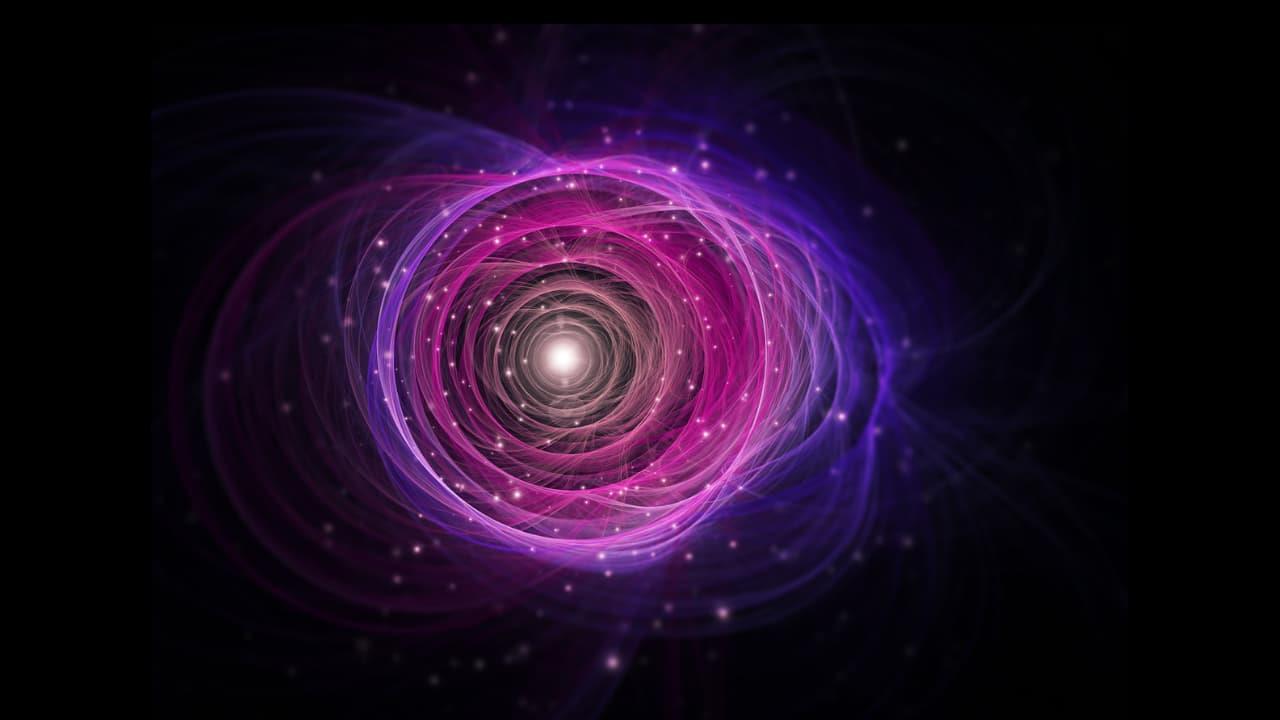
Scientists Find Strange Quantum Effect That Challenges Classical Physics Rules
Sometimes, science doesn't result in new gadgets or medical breakthroughs, it simply helps us understand how truly strange our universe is. That was the case when physicist Lu Li and his team of researchers from around the world made a discovery so unusual that it seemed to defy the known laws of physics. The team shared shared their findings in the journal Physical Review Letters.
When Electrons Start to“Bounce”
The research was supported by the US National Science Foundation and the Department of Energy. It focused on a strange quantum phenomenon known as quantum oscillations.
In regular metals, electrons can behave like tiny springs. When placed in a magnetic field, these electrons start to vibrate or oscillate. The stronger the magnetic field, the faster these oscillations occur. This effect has been known for decades and has helped scientists study the properties of metals.
However, recently, researchers began noticing these same oscillations in insulators, materials that are not supposed to conduct electricity or heat at all. This made no sense according to traditional physics. If electrons in insulators are trapped and can't move freely, how could they vibrate like they do in metals?
The scientific community has been trying to solve this mystery. Some thought the oscillations might come only from the surface of the material, while others suspected they were happening inside the material, deep within its structure.
Looking Inside the Mystery
If the oscillations were only happening on the surface, that would be exciting because it might relate to a group of materials called topological insulators. These materials conduct electricity on their outer layer but remain insulating inside. They are already being studied for use in advanced technologies like quantum computers and new electronic devices.
To find out where the oscillations were really coming from, Li and his team used one of the world's most powerful magnets at the National Magnetic Field Laboratory. Their experiments revealed something surprising, the oscillations were not just on the surface. They were coming from the entire material. Li admits he still doesn't fully understand what is happening.
A Global Effort
The research brought together more than a dozen scientists from six institutions in the United States and Japan. The University of Michigan team included research fellow Kuan-Wen Chen and graduate students Yuan Zhu, Guoxin Zheng, Dechen Zhang, Aaron Chan, and Kaila Jenkins.
A New Kind of Duality
Li believes this finding points to what he calls a“new duality” in physics. Over a century ago, scientists discovered that light and matter can behave as both waves and particles, depending on how they are observed. That discovery reshaped modern physics and led to inventions like solar panels and electron microscopes.
Li suggests this new duality may involve materials that act as both conductors and insulators. His team explored this idea using a compound called ytterbium boride (YbB12) and subjected it to an extremely strong magnetic field, about 35 Tesla, which is roughly 35 times stronger than the magnets used in hospital MRI machines. The results were completely unexpected.
The Mystery Deepens
This strange“metal-like” behaviour only appears under extreme magnetic conditions, but it challenges what physicists thought they knew about how materials behave at the quantum level. The research received additional support from several organizations, including the Institute for Complex Adaptive Matter, the Gordon and Betty Moore Foundation, and Japan's leading science agencies.
For now, the discovery doesn't have an obvious technological use, but it opens up a fascinating new mystery in quantum physics.
Legal Disclaimer:
MENAFN provides the
information “as is” without warranty of any kind. We do not accept
any responsibility or liability for the accuracy, content, images,
videos, licenses, completeness, legality, or reliability of the information
contained in this article. If you have any complaints or copyright
issues related to this article, kindly contact the provider above.


















Comments
No comment